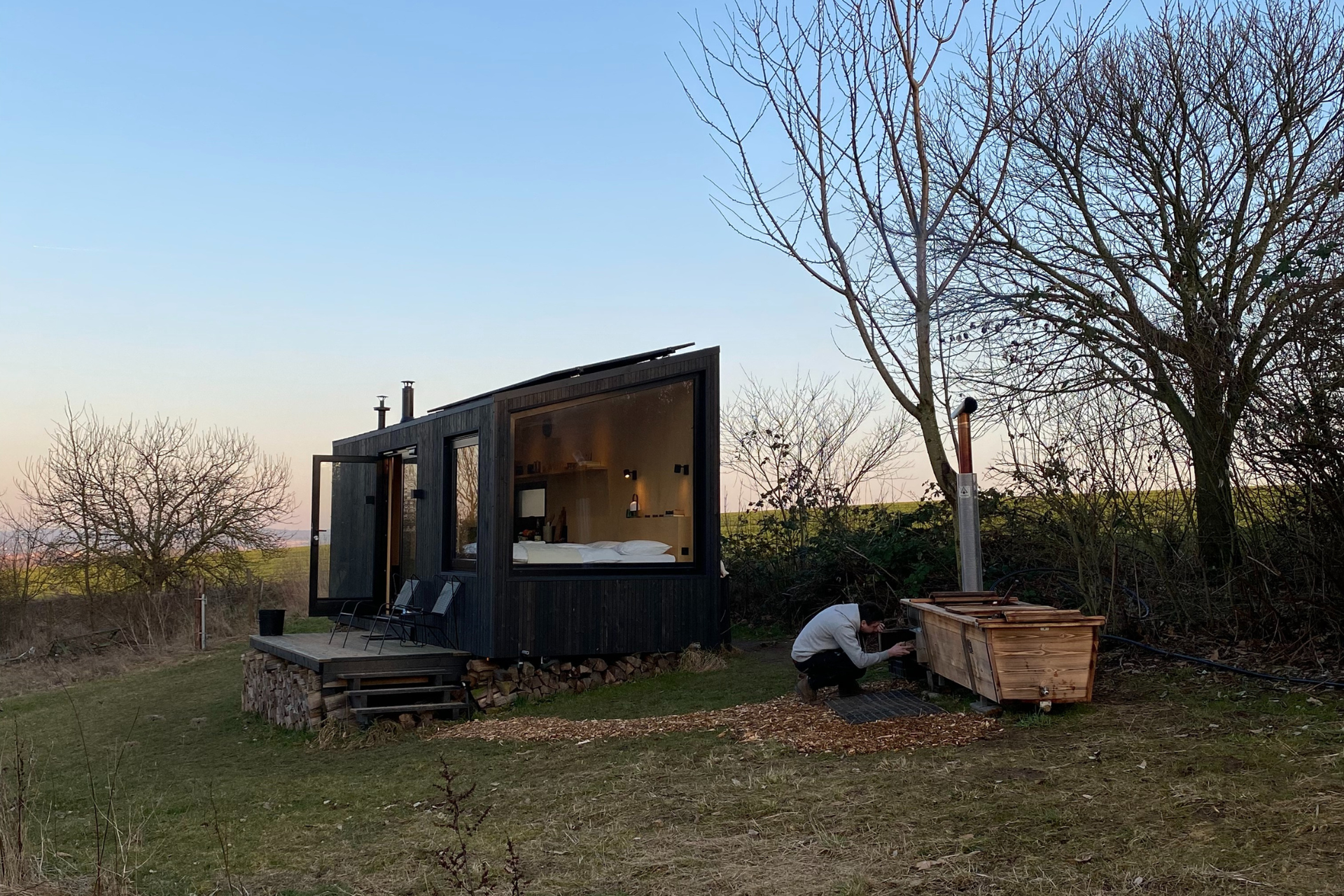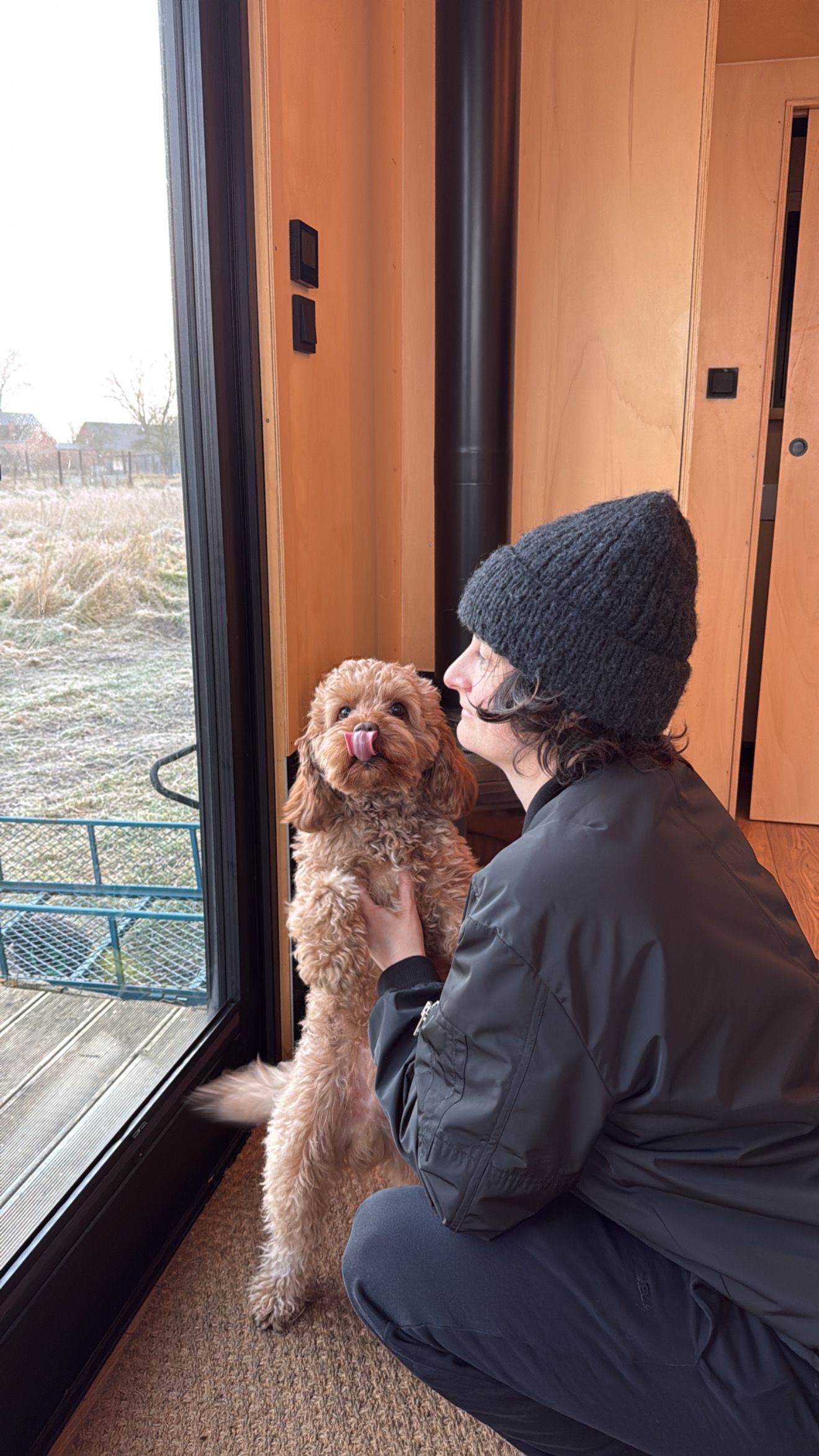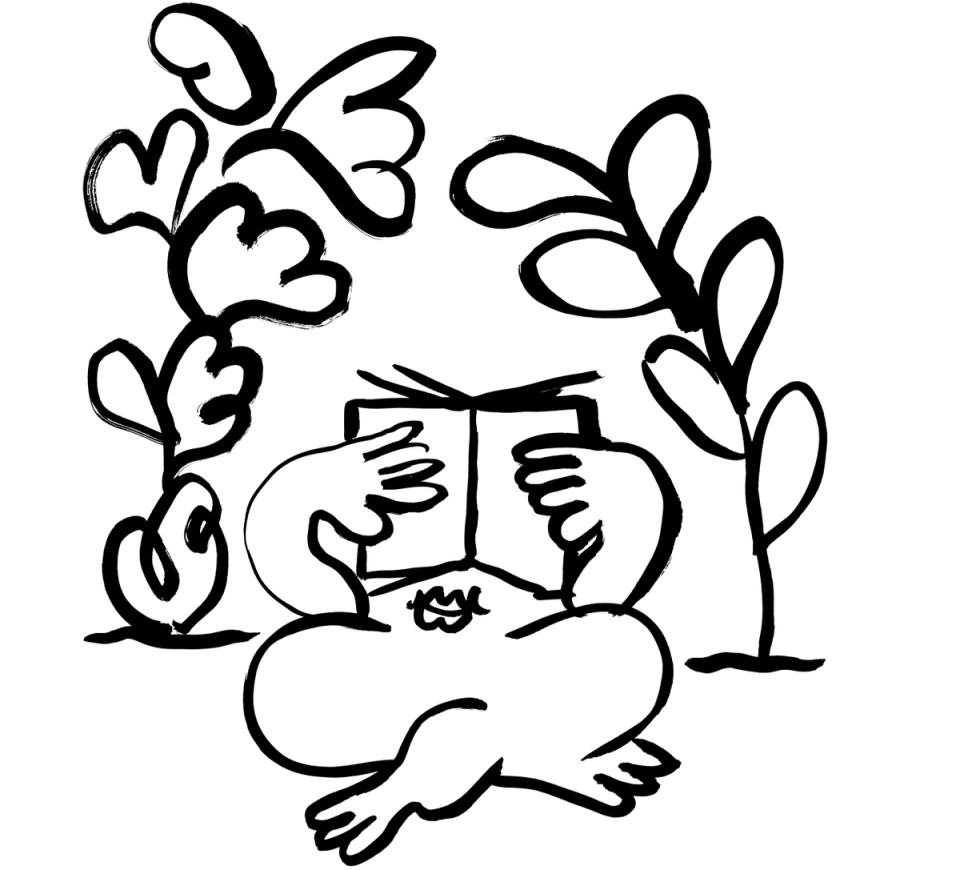Perspectives
Are we losing the ground under our feet?
Whether we walk barefoot through the grass on a carefree summer's day or sit under the shady canopy of a tree, we get in contact with the earth. The earth carries us, it gives us support. When we are in balance with it and ourselves, we feel earthed. It not only gives us plants and trees, but also the fresh air we breathe and the water we drink. Not to forget the crusty bread and the glass of apple juice from the fields of regional farmers with which we start the day.
But the system no longer works as we have almost forgotten to give something back to the earth whilst taking so much. And now, we are literally losing the ground beneath our feet.
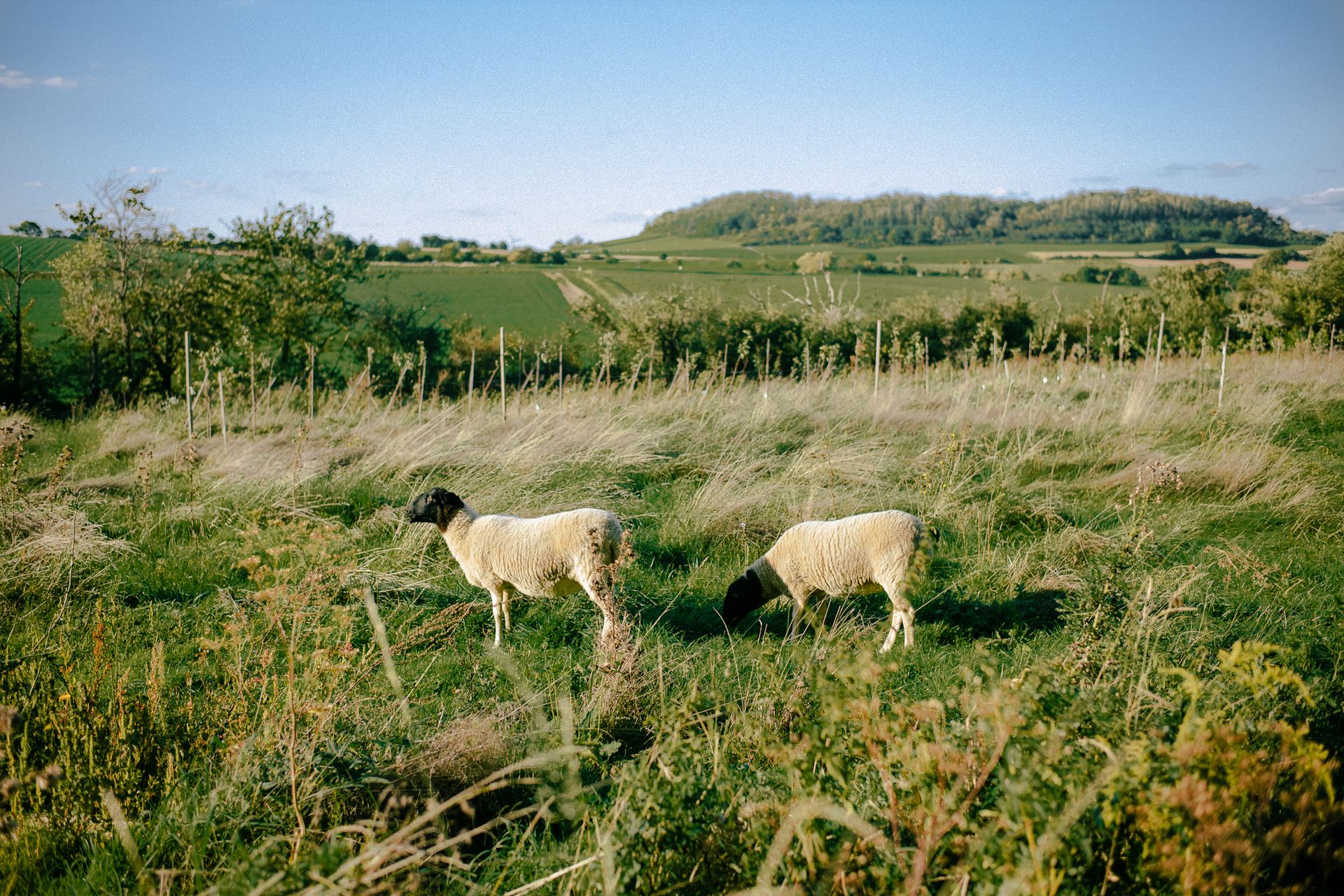
To contribute to the regional recovery of our soils, we have teamed up with Klim. The platform was founded in 2020 by Dr Robert Gerlach, Nina Mannheimer and Adiv Maimon with the vision of supporting farmers in regenerative agriculture. As part of our collaboration, we give you the opportunity to invest in regional climate protection. If you opt for a climate protection contribution of €5 when you book, we will double your donation. In this way, you regenerate over 1,000 square metres of soil with your stay – as much as if 50 of our cabins were lined up next to each other.
What journey your contribution will take in promoting healthy, living soil is something Nina Mannheimer, co-founder of Klim, knows all about. In our interview, she gives a new perspective on regeneration, our fields and why their condition plays a key role in the fight against climate change.
When we as humans think of regeneration, the first thing coming to mind is the relaxation and clarity that we experience through contact with nature. What does regeneration mean for Klim?
I personally feel the same way – I go out into nature to regenerate and recharge my batteries. At the same time, we as humans have a responsibility to ensure that nature can regenerate all the same from our impact. At Klim, we primarily look under our feet. Our soil is one of the most important resources we have. Because everything starts within the earth: our food production, climate protection and biodiversity. Soil is the second largest carbon store, more than half of all species live in soil and 95% of our food originates there.
Whether in the forest or in the field: what does healthy soil look like?
Healthy soil is usually darker due to its higher carbon content and has a pleasant, slightly moist but woody odour. It is often better rooted and does not crumble in your fingers. In addition, the earthworm density is higher in healthy soil. Unfortunately, Germany has lost around 30 percent of its fertile soil within the last 60 years and worldwide, the area of a football pitch falls victim to soil erosion every four seconds. Agriculture plays a major role in this: almost half of Germany's land is agricultural land. To the same extent, healthy soils are the basis for the work of the farmers who grow our food on these fields.
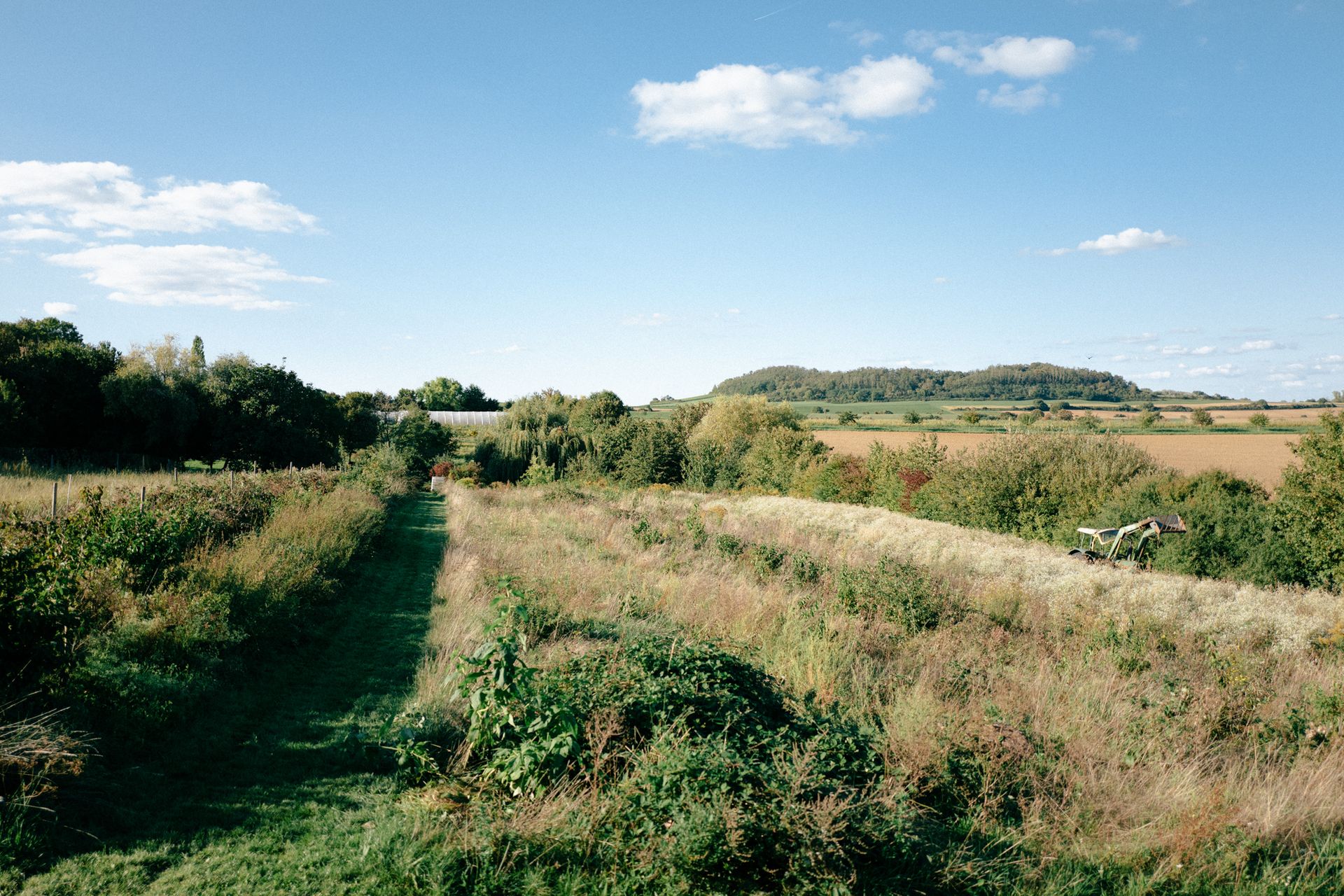
This makes holistic farming methods important. How does regenerative agriculture work?
Regenerative agriculture refers to agricultural practices that contribute to the accumulation of humus in the soil. This stores carbon, improves soil structure and increases biodiversity in the fields. In this way, the soil is regenerated and its fertility and climate resistance are improved. In addition, farmers reduce their emissions through improved management and use fewer chemicals such as fertilisers or pesticides. The principles of regenerative agriculture are: diverse crop rotations, year-round soil cover, reduction of soil disturbance, preservation of living roots and the integration of animals. All with the aim of protecting the ‘skin of the earth’.
What impact does climate change have on the work of farmers and vice versa?
Farmers are already suffering from the consequences of climate change – heavy rainfall, long periods of drought and higher temperatures are directly noticeable in the fields. At the same time, industrial agriculture is responsible for around ¼ of global emissions. The intensive cultivation of the soil releases sequestered carbon, while the use of fertilisers produces additional emissions that drive climate change. Most emissions are produced in the agricultural food supply chain. Regenerative agriculture addresses these challenges by reducing the use of inputs, thereby avoiding emissions, and through certain farming practices that remove CO2 from the atmosphere and store it in the soil in the form of carbon, making it more resilient to extreme weather events.
How does Klim support regenerative agriculture?
At Klim, we help farmers to implement regenerative methods. Since switching to new methods costs money and farmers lack experience with regenerative agriculture, our platform gives them access to financial support, knowledge articles, webinars, experience reports, farm events and, if desired, personal advice. They can register with us easily and free of charge. The financial support for farmers comes from the proceeds of CO2 certificates and companies like Raus that want to contribute to climate protection and protect nature.
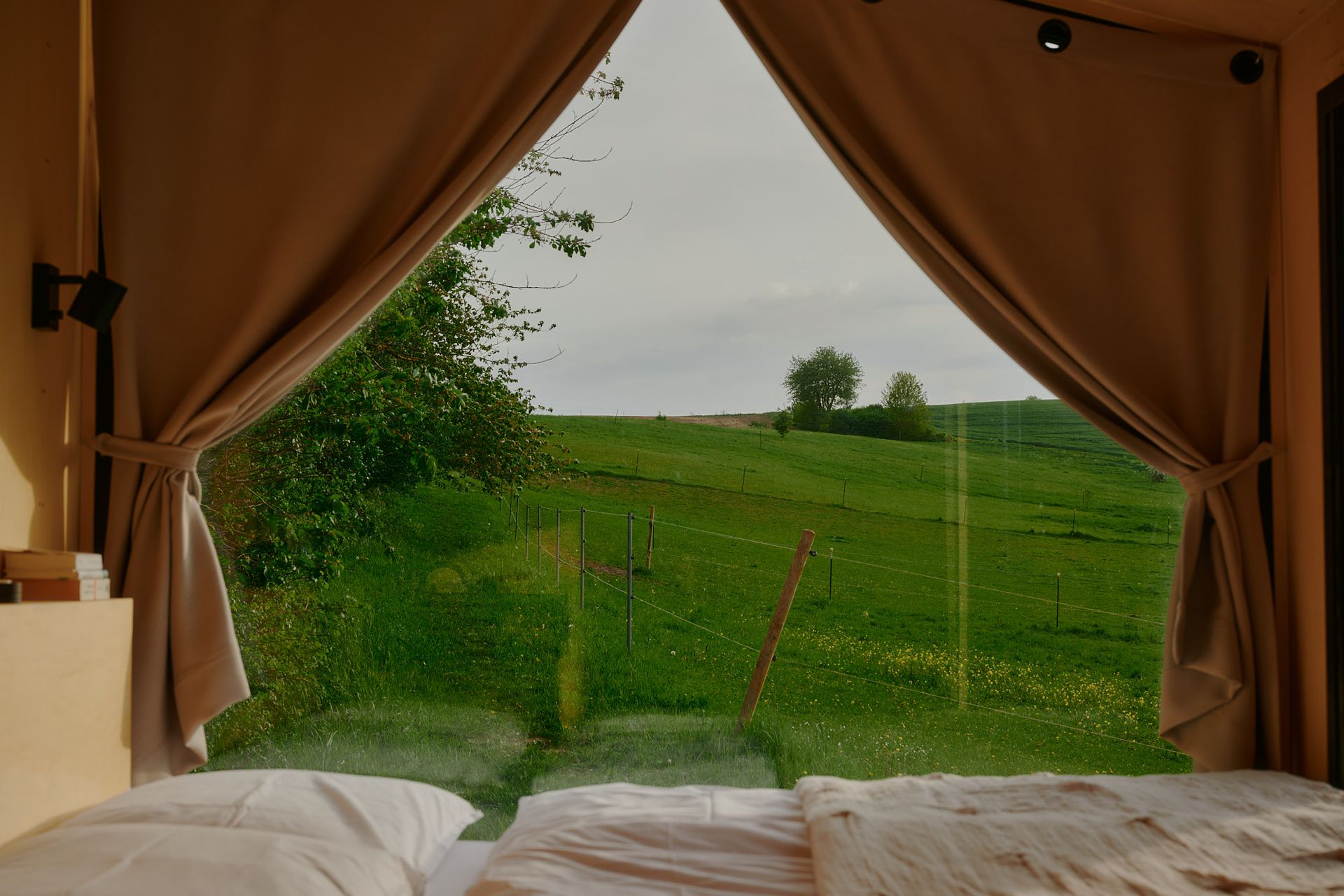
For every booking with Raus, you can decide whether you want to invest €5 in 1,000 square metres of regenerated floor. How exactly does it work?
Farmers registered with Klim apply regenerative measures and document them on our digital platform. We measure their progress based on scientific and regional soil carbon modelling as well as other verification mechanisms such as satellite data and invoices, for example for additional seeds. Once their measures have been verified, farmers receive a fixed amount of money each year for every tonne of CO2 reduced and stored, which comes from the sale of CO2 certificates to our partners.
This is where your contribution comes in: for example, if 50 guests decide to invest €5 in regenerative agriculture and Raus doubles each contribution, 10 certificates can be generated and paid for by our farmers, reducing or binding 10 tonnes of CO2 in the soil. To achieve this, around 500 hectares of land are required on which regenerative measures are applied.
What is the difference between your approach and others that offset CO2?
We not only offset emissions such as CO2, but also regenerate fields at the same time – and not just anywhere in the world, but in the region. In this way, we (and you) not only contribute to climate protection, but also support the sustainable transformation of agriculture and promote food security and biodiversity. All Klim farmers come from Europe, currently mostly from Germany.
Globally, Germany ranks sixth in terms of CO2 emissions – which is why regional projects that reduce these emissions in the long term are particularly important and effective. So that our fields can continue to produce all the wheat, rye, oats, sugar beet and potatoes that we enjoy every day.
